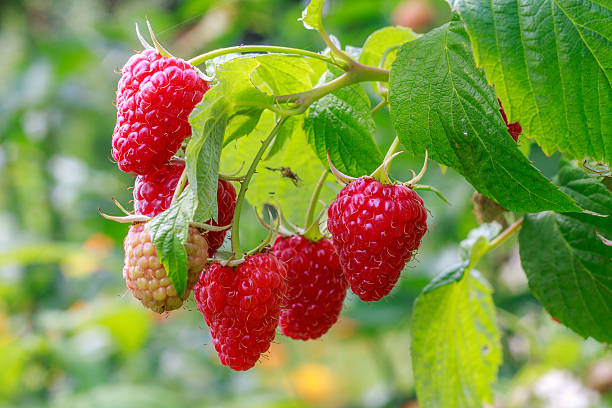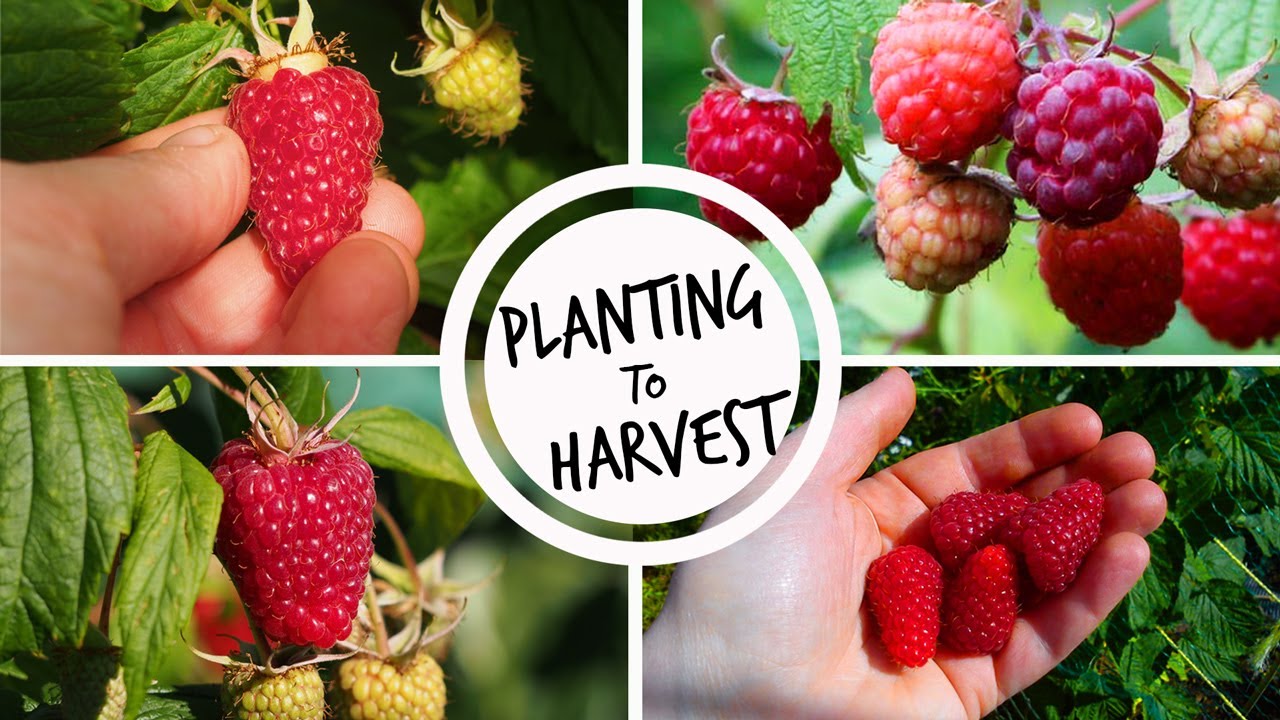Raspberries are a significant commercial fruit crop. Farmers can grow it in a wide range of soils from sandy loam. And also, it can thrive best in full sun. Raspberries are propagated commercially by stem cuttings, root cuttings, root suckers and tip layering. Red raspberries produce abundant suckers during the growing season.
Commercial raspberry cultivation is very simple and easy. For Raspberries cultivation, farmers use various methods and equipment. Although the tractor is the most prominent equipment in the cultivation of crops, and generally, the farmers use the Eicher tractor for raspberry farming in India.
Raspberry Fruit With Benefits, Taste And Origin
Raspberries produce many small, sweet fruits each summer — lasting more than a month. These are a shrub belonging to the Rosaceae family in the Rubus genus. One of the renowned berries in North America, a raspberry bush, can produce several hundred berries per season.
Raspberries are not only perfect for picking and eating straight from the stem, but they’re also perfect for slathering in jams, pies and tarts, or smoothies and drinks. In addition, fresh raspberries are an excellent source of vitamin C to support the immune system and help fight infections.

When to Plant Raspberries
- Begin with a one-year-old raspberry cane from a reputable nursery.
- Plant in early spring once the ground has thawed and the work is done.
- You can also plant in late autumn to give the plants a good start in temperate areas.
- Then, after the dangerous frost time has passed, plant the potted plants in the spring.
Preparing and Choosing the Planting Site
- Raspberries grow best in sunny positions, but unlike many fruits, they will grow successfully in a partially shaded location: the more sun, the more fruit.
- The planting site requires rich and well-drained soil, excellent air circulation and shelter from the wind. Avoid wet and well-ventilated places, as raspberries do not like to stand in water and do not dry out completely.
- Each year, feed your raspberry plants two inches of compost or old manure; Dig a couple of weeks before planting. (A good rate is approx 3 1/2 cubic feet of compost per 100 square feet.)
- Plant away from wild growing berries; Otherwise, you risk spreading wild pests and diseases to your cultivated berry plants.
How to Plant Raspberries
- You should soak the roots for 1-2 hours before planting.
- Dig a hole large enough for roots to spread. If you are planting multiple shrubs, it is easiest to dig a trench.
- Whether you are planting bare-root or potted plants, keep the plant’s crown 1 or 2 inches above the ground.
- Raspberry plants have biennial stems and perennial root systems which are known as canes.
- Canes should be spaced 18 inches apart, about four feet between rows.
- Once plant the cane, cut them back to 9 inches tall for growth of the plant.
- Depending on the variety you are planting, you may need to build support to hold the cane.
- A trellis or fence are good choices. If you have a row, lead in two six-foot at the end of the stretch and row the galvanized wire between the posts. Summer-fruiting raspberries require three horizontal wires, and fall types can do with two wires.
How to Care for Raspberries
- It is essential to mulch throughout the season to retain moisture and suffocate weeds. Therefore, contain a thick layer of mulch around the plants at all times.
- Regular watering is better than frequent deep soaking.
- Keep your raspberry bushes clean by digging out any “suckers” or canes that grow well in rows; If you don’t dig them out, they’ll take away nutrients, and you’ll have fewer berries next year.
- If you want, you can replant the suckers, and you’ll have new plants! Dig them up, set them in the freshly prepared ground, and water them after planting.
How to Prune Raspberries
Prune summer fruiting raspberries immediately after picking! Cut only the canes that produce berries and fall back to the ground.
(Remember that this plant produces berries on a two-year-old cane while a one-year-old cane grows right next to them. You shouldn’t have trouble telling which: Older canes have brown stems, and the young are still green. Prune only the old ones, who have completed their fruitful years)
Tie the remaining cane to the supporting wires with garden wire. There should be no more than one cane every four inches of wire, so cut off the extra cane.
How to Harvest Raspberries
- All varieties will start bearing fruit in their second season. In some cases, evergreens can bear small berries in their first autumn.
- In early summer, the berries ripen in about 2 weeks. So you have to pick berries every couple of days.
- Try to harvest the berries on a sunny day, when they are dry.
- Don’t put too much emphasis on your raspberries when choosing. A ripe raspberry will willingly leave the vine.
Raspberries Fruit – How to Store
Raspberries can not keep for long, so enjoy them immediately after picking. You can keep it refrigerated for about 5 days. Don’t wash the berries after picking them unless you’re going to eat them directly. They will become mouldy and pulpy if not kept dry in storage.
We guide some essential points in the cultivation process, such as which types of equipment farmers can use in raspberry farming. We are suggesting a Mahindra tractor for this farming because this tractor provides the best features at a fair price.
For more information regarding raspberry farming in India, stay tuned with us.





